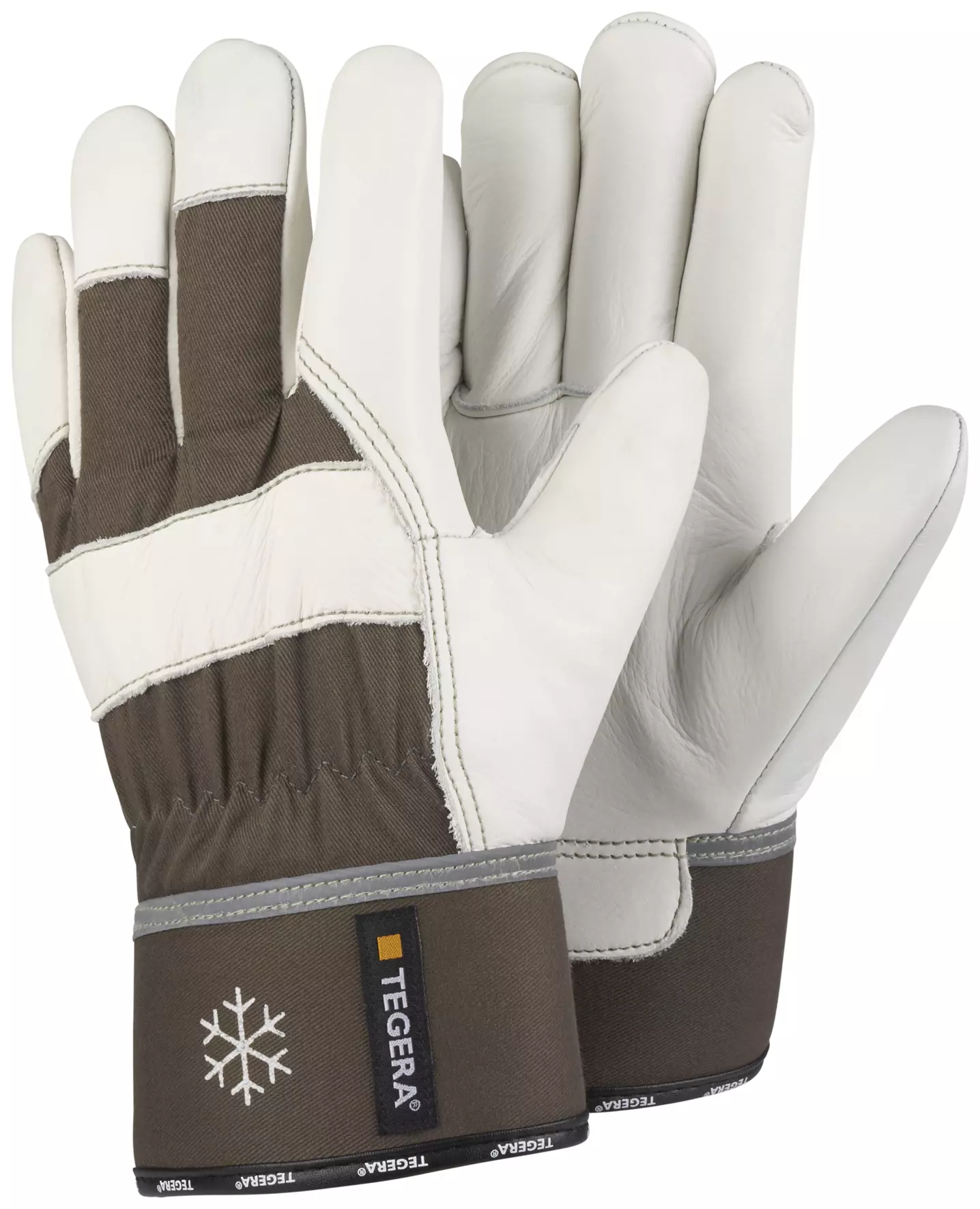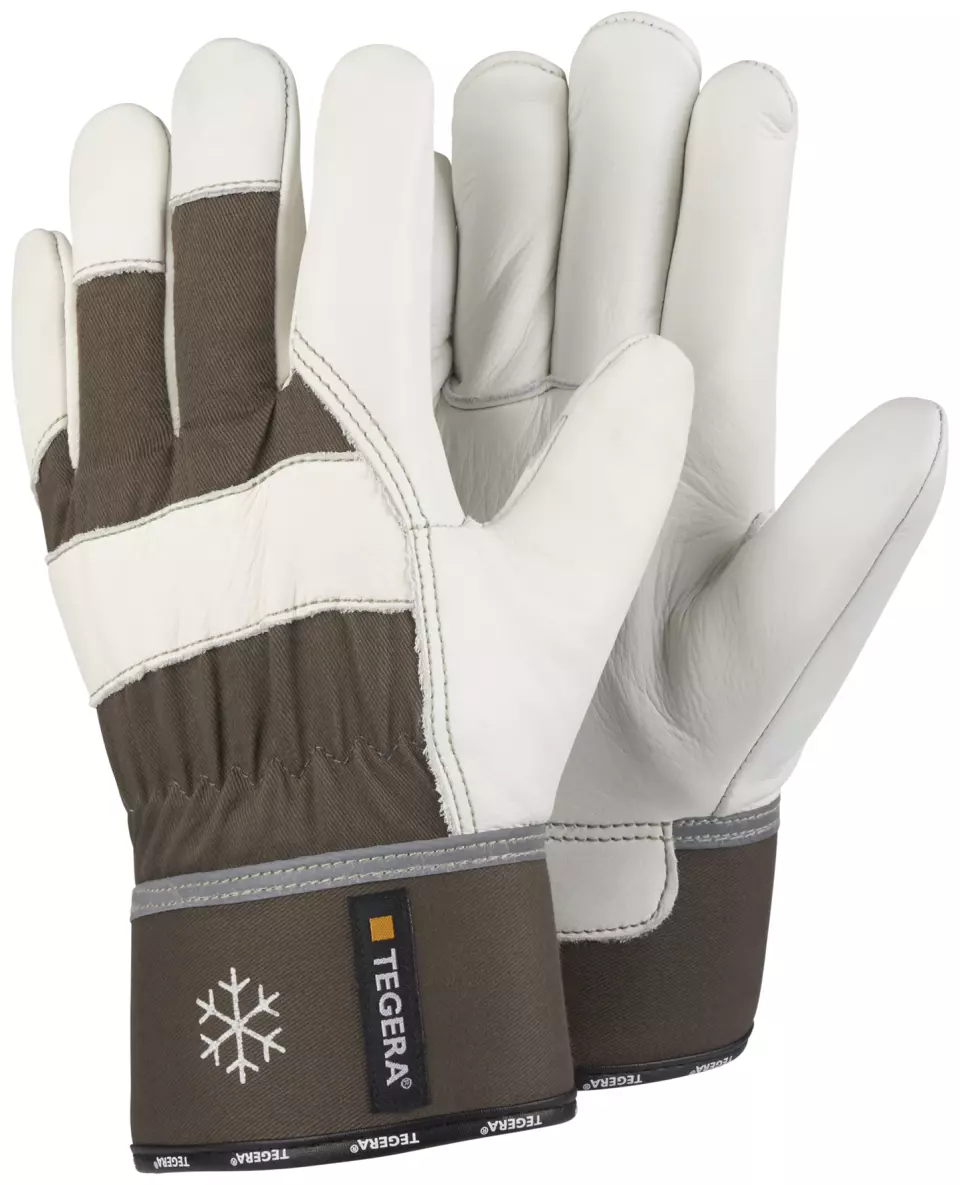
Features You'll Love

Liner Style · Winter Liner
Cuff Style · Open
EN 511 · Cold Contact Level 2, Convective Cold Level 1
The inner lining or coating that affects comfort, grip, insulation, and protection against chemicals or allergens.
Determines how the glove secures around the wrist, affecting fit, protection from debris, and ease of putting gloves on and taking them off.
This glove provides good insulation when directly handling cold objects for a moderate duration. It's ideal for tasks like working in cold stores or handling chilled or frozen items, offering a solid mid-range of thermal protection.
This glove provides light thermal insulation against the penetrating chill from cold air and wind. It is suitable for use in cool conditions, offering a basic level of protection to keep your hands warm.

Glove Features · Reinforced Fingers
Reinforced fingers provide enhanced protection and durability, ensuring your hands stay safe and your gloves last longer.
154,94 €
Price per 6 pairs
25,82 € / pair
Choose size
Free delivery
Features You'll Love

Liner Style · Winter Liner
Cuff Style · Open
EN 511 · Cold Contact Level 2, Convective Cold Level 1
The inner lining or coating that affects comfort, grip, insulation, and protection against chemicals or allergens.
Determines how the glove secures around the wrist, affecting fit, protection from debris, and ease of putting gloves on and taking them off.
This glove provides good insulation when directly handling cold objects for a moderate duration. It's ideal for tasks like working in cold stores or handling chilled or frozen items, offering a solid mid-range of thermal protection.
This glove provides light thermal insulation against the penetrating chill from cold air and wind. It is suitable for use in cool conditions, offering a basic level of protection to keep your hands warm.

Glove Features · Reinforced Fingers
Reinforced fingers provide enhanced protection and durability, ensuring your hands stay safe and your gloves last longer.
Product description
TEGERA® 56, Leather glove, winter lining, 1,2-1,4 mm high quality bull leather, cotton, fleece, Cat. II, reinforcements on fingers and thumb, water-repellent palm, heavy duty